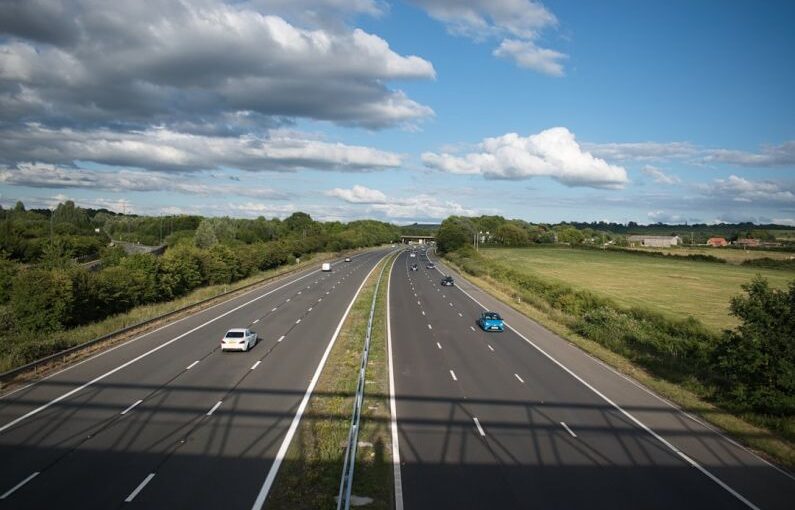**Indonesia’s Solar Highway: Powering Transportation Innovatively**
In a world where the demand for sustainable energy solutions is becoming increasingly urgent, Indonesia is making strides towards a greener future with its innovative Solar Highway project. This ambitious initiative aims to revolutionize the way transportation systems are powered by harnessing the power of the sun to generate electricity for electric vehicles. Let’s delve into how this groundbreaking project is paving the way for a more environmentally friendly and energy-efficient transportation network in Indonesia.
**Harnessing Solar Power for Transportation**
The concept of the Solar Highway is simple yet revolutionary: installing solar panels on the road surface to capture sunlight and convert it into electricity. These solar panels, also known as photovoltaic cells, are designed to withstand the weight of vehicles passing over them while efficiently generating clean energy. By integrating solar technology directly into the road infrastructure, Indonesia is maximizing the potential of its vast sunlight resources to power its transportation network sustainably.
**Benefits of Solar-Powered Transportation**
One of the key advantages of solar-powered transportation is its contribution to reducing greenhouse gas emissions. Unlike traditional fossil fuel-powered vehicles, electric vehicles charged by solar energy produce zero emissions during operation, thus helping to mitigate air pollution and combat climate change. Additionally, by utilizing solar power, Indonesia can reduce its dependence on imported fossil fuels, leading to greater energy security and independence.
**Enhancing Infrastructure Resilience**
The Solar Highway project not only promotes renewable energy adoption but also enhances the resilience of Indonesia’s transportation infrastructure. By decentralizing power generation and integrating it into the road network, the country can mitigate the impact of power outages and grid failures. In the event of natural disasters or emergencies, solar-powered transportation systems can continue to operate autonomously, ensuring the continuity of essential services and mobility for citizens.
**Driving Innovation and Economic Growth**
Beyond its environmental and resilience benefits, the Solar Highway project is driving innovation and economic growth in Indonesia. By investing in renewable energy infrastructure, the country is fostering a culture of technological advancement and sustainable development. Furthermore, the creation of new jobs in the renewable energy sector and the promotion of clean technologies are spurring economic opportunities and boosting local industries.
**Challenges and Future Outlook**
While the Solar Highway project holds great promise for transforming Indonesia’s transportation sector, it is not without its challenges. The initial costs of installing solar panels on a large scale can be substantial, requiring significant investment and funding. Additionally, ensuring the durability and efficiency of solar panels under heavy traffic conditions remains a technical challenge that needs to be addressed.
Looking ahead, the future of Indonesia’s Solar Highway project appears bright. As advancements in solar technology continue to drive down costs and increase efficiency, the scalability and viability of solar-powered transportation systems are expected to improve. With ongoing research and development efforts, Indonesia is poised to lead the way in sustainable transportation innovation and set an example for other countries to follow.
**Innovating Sustainable Transportation**
Indonesia’s Solar Highway project exemplifies the country’s commitment to embracing renewable energy solutions and fostering a more sustainable future. By harnessing the power of the sun to power its transportation network, Indonesia is not only reducing its carbon footprint but also driving innovation, economic growth, and resilience. As the Solar Highway continues to evolve and expand, it holds the potential to revolutionize the way we think about transportation and energy, setting a new standard for sustainable development in the region and beyond.





